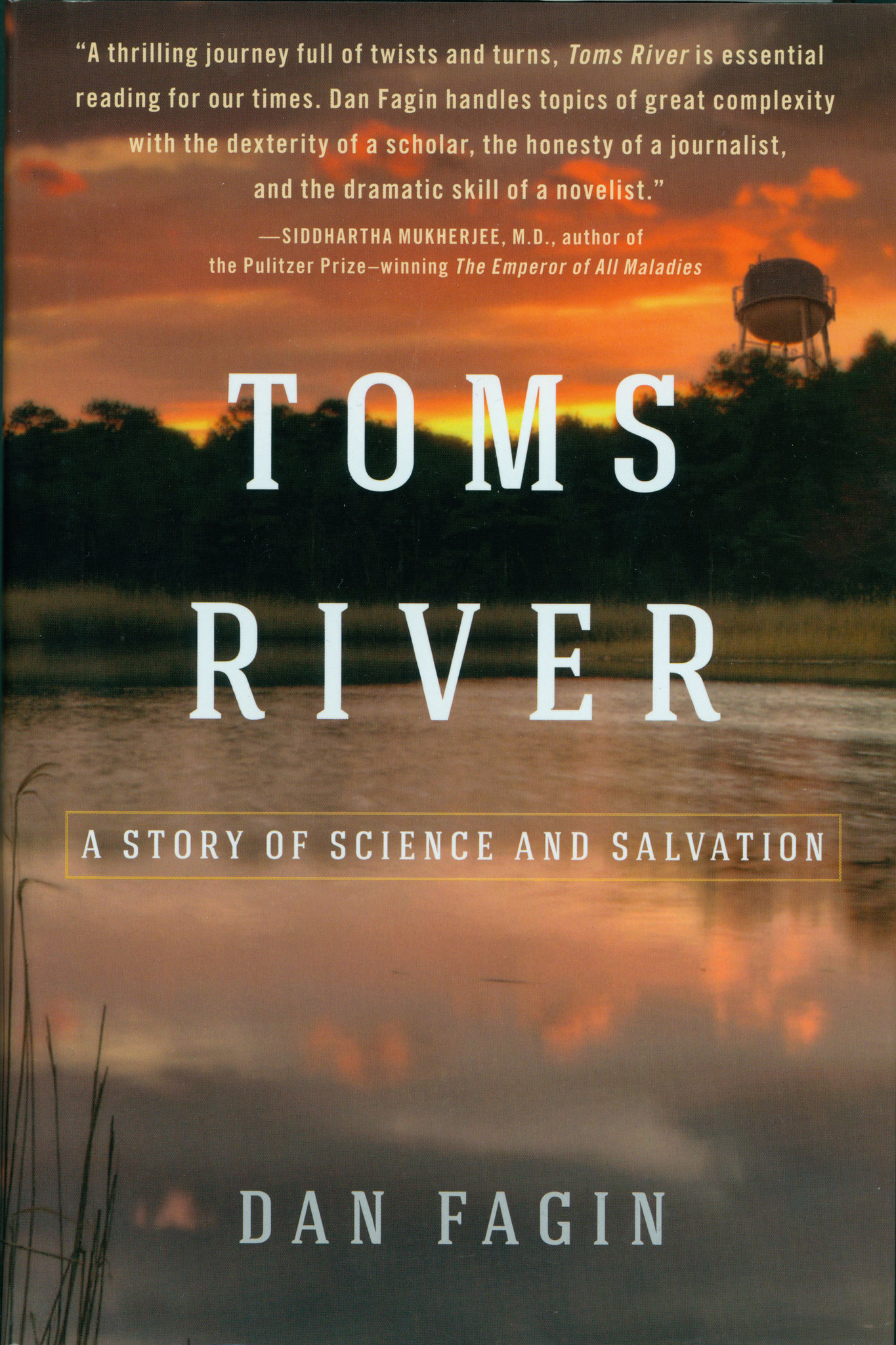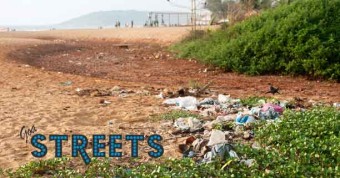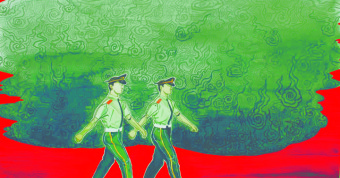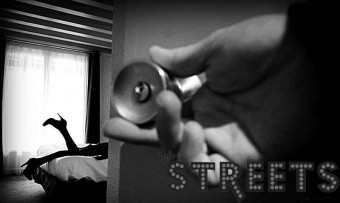Non-Fiction
Biopic of Cancer
Toms River
By Dan Fagin
Random House
Hardcover Rs1305 from Amazon
466 pages
This book feels very close to home. It tells the story of how an idyllic holiday destination was systematically polluted over a long period of time (sound familiar?) and of the devastating effects it had on the local population. It also describes the ultimate comeuppance, albeit after decades, of the polluter through the power of public protest.
Along the way, Dan Fagin, – an award-winning (this book won the Pulitzer Prize) science journalist and professor at New York University – tells many histories: that of the chemical industry in America, of epidemiology (especially relating to the causes of cancers), and the American environmental movement.
Toms River is a picturesque small town on the coast of New Jersey, which derives its name from a river that runs through it. A massive Swiss-owned chemical plant is set up on the outskirts of the town in the 1950’s (interestingly it seems that a very large proportion of the biggest chemical companies in the world are Swiss-owned – as is this one, by Ciba- Geigy). Unbeknownst to the locals, one of the main reasons the plant has been set up in this relative backwater is to get away from larger conurbations where pollution is more likely to be detected.
Both in order to save money and also due to a degree of arrogance, Ciba-Geigy makes insufficient provision to treat and store the toxic chemical waste generated by its factory. Consequently carcinogenic chemicals within the waste leach into the soil around the plant ultimately finding their way into local aquifers and thence into domestic and public wells.
The company also discharges toxic waste into the town’s namesake river and the nearby sea. This poisoning goes on undetected for many years mainly because of two reasons: One, the company is a big employer in the area (more resonances?), so very few people want to rock the boat. Secondly, linking the incidence of cancers to the waste
discharged by a particular industry is a more difficult thing than you might think. After all, who is to say that the cancers weren’t due to some other factors altogether?
Fiction
Norwegian Good
A Man in Love
By Karl Ove Knausgaard
Translated from the Norwegian
by Don Bartlett
Vintage Books.
Paperback Rs 523 from Flipkart
523 pages

The book is billed as ‘fiction,’ but its feel and tone are anything but fictional. The names and incidents reflect the author’s own life. It’s also written in the ‘first person’, and entirely in the style of a memoir. Karl Ove Knausgaard is a phenomenally successful Norwegian author (he is reputed to have sold half a million books in Norway alone, a country of five million people), who has written a series of six autobiographical ‘novels’. A Man in Love is the second of these.
The first, A Death in the Family addressed Knausgaard’s childhood and adolescence, a key event in which was
the death of his father, a stamp-collecting schoolteacher who was destroyed by alcohol. It also talks about Knausgaard’s first drink and cigarette, early sexual encounters and his raging ambition.
A Man in Love tells of the next phase in the author’s life. He is now in his mid-thirties, has left his first wife after
8 years together, has impulsively moved from Norway to Sweden (Stockholm – there are some great descriptions), has married again and had 3 children in quick succession soon after.
What’s decidedly strange about this book – especially as it is a riveting read – is that nothing much actually happens. In much of the book Knausgaard simply describes – in what often seems like microscopic detail – mundane incidents
from his daily life: a family visit to an amusement park, attending a child’s birthday party, quarreling with a difficult neighbour, and such like. Here’s a line from the birthday party ‘event’: ‘I grabbed the half-full two-litre bottle of Coke Light that stood on the floor beside the chair and filled one of the glasses on the table. The screw top was off and the Coke was flat, so the taste of the somewhat bitter sweetener, which was generally lost in the effervescence of the carbonic acid, was all too evident.’ And so he goes on.
And yet, it is gripping. One of the characters in the book (a friend of the author and a fellow writer) describes it well. He tells Knausgaard that he (Knausgaard) could spend six pages describing a visit to the lavatory, and still hold the attention of his readers (and he can, no pun intended).
Seemingly the way he does this is by being brutally honest. No detail of Knausgaard’s life seems to have been left unexamined. If he feels hacked off with pushing a baby buggy through Stockholm when he would rather be writing, he says so. If he finds himself in a rage (and he often seems to do so) at seeing his wife lounging in front of the television when he comes back from ‘buggy duty’, he doesn’t hold back in expressing it.
Sometimes the degree of honesty can make one cringe – many of his friends and relatives cannot have been happy with what he has said about them. Still, one can’t help but admire the courage it must take to be quite so candid. What also helps of course is that Knausgaard himself doesn’t come out smelling of roses. Self-centred, prone to
anger, shallow and sexist may all be said to apply to him. Perhaps the greatest virtue of this book is that by seeing the writer’s honesty, it helps readers to be honest in examining their own lives. Do read it.




